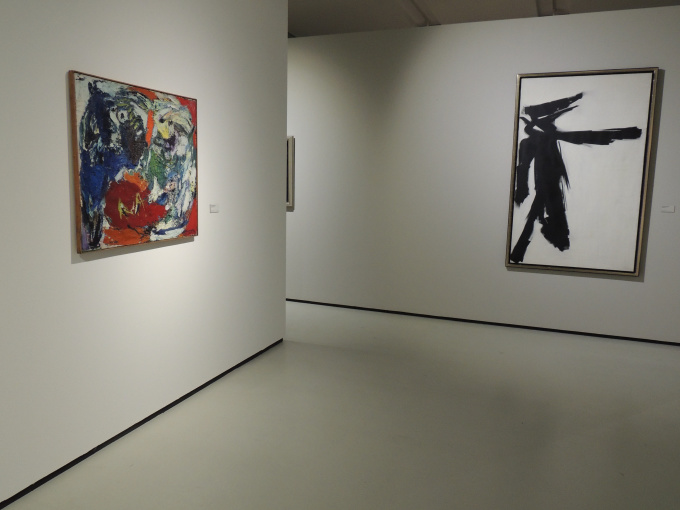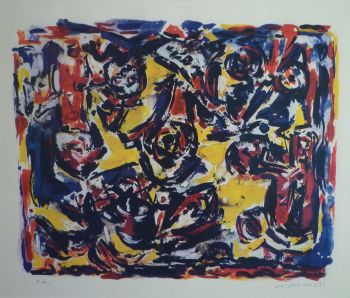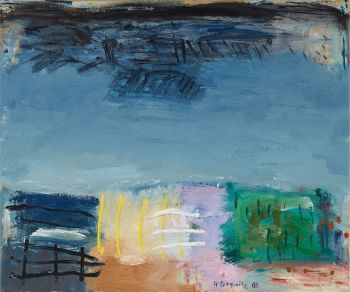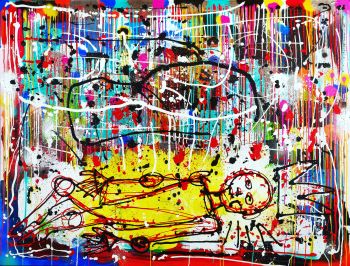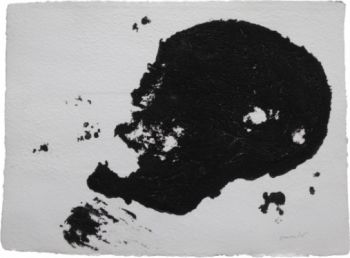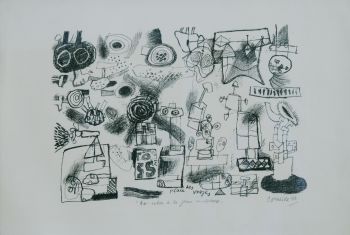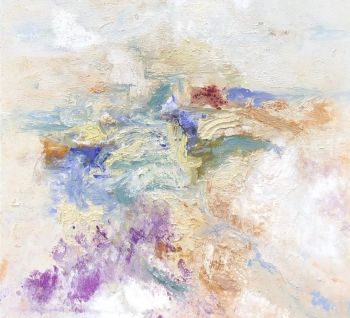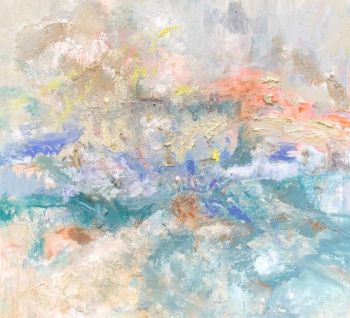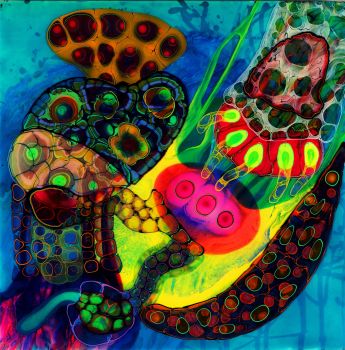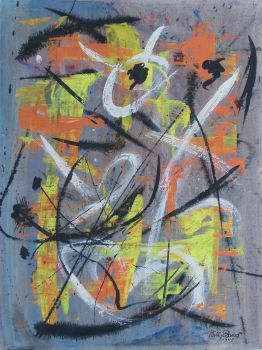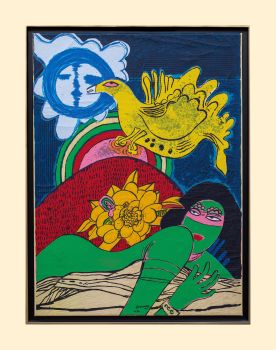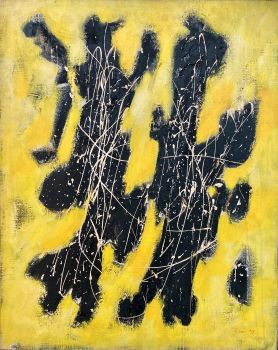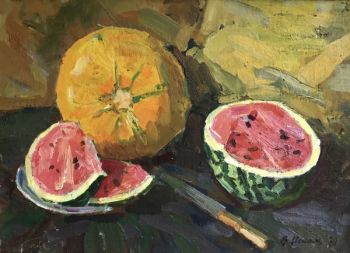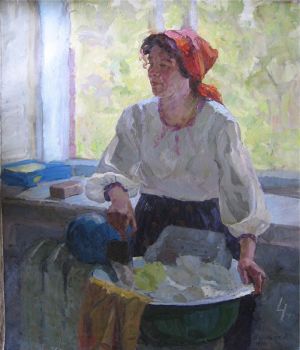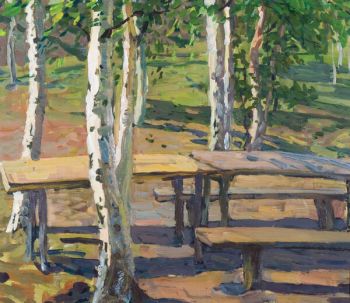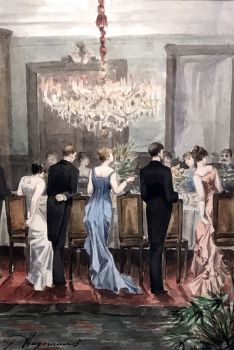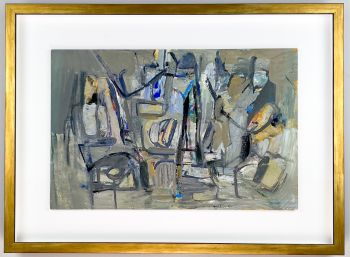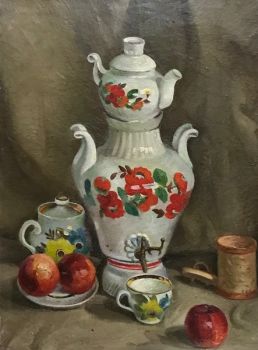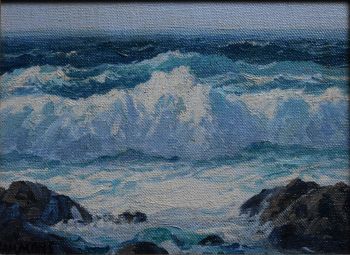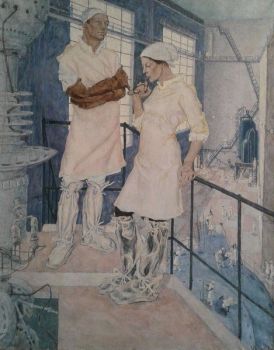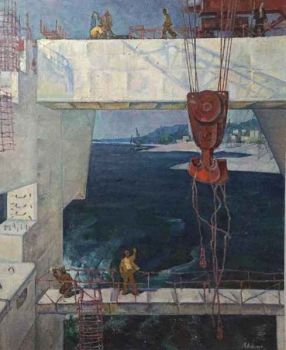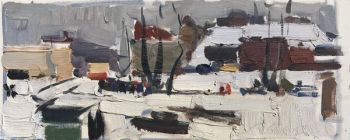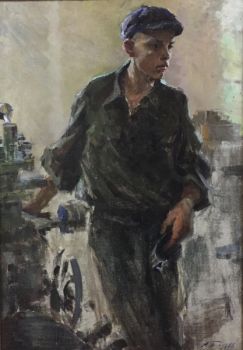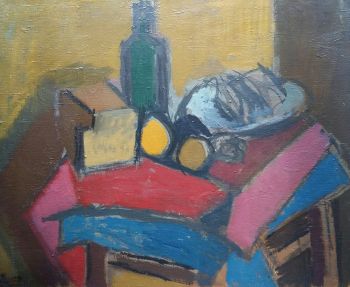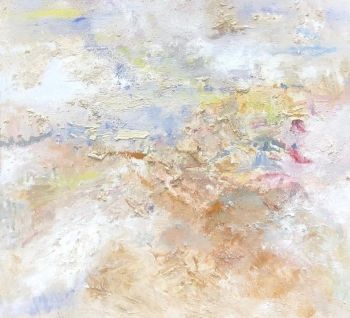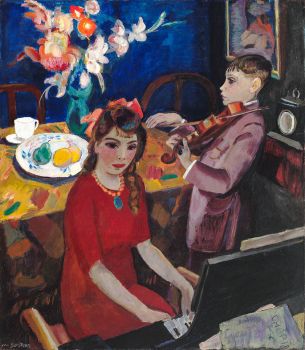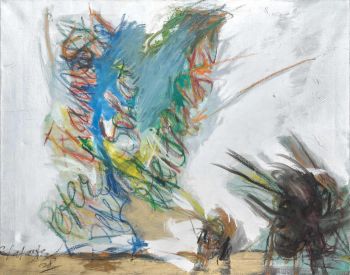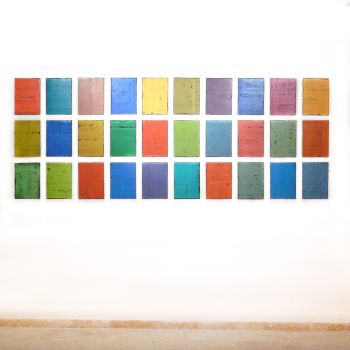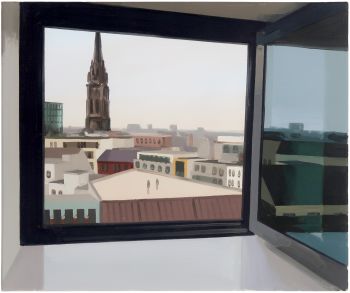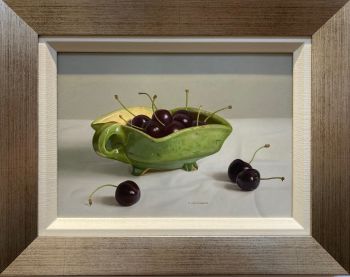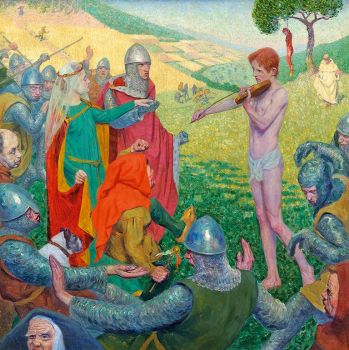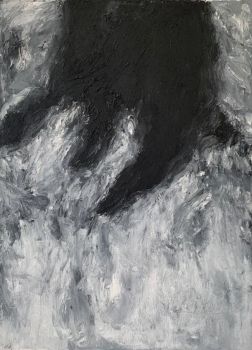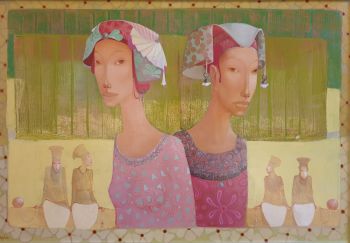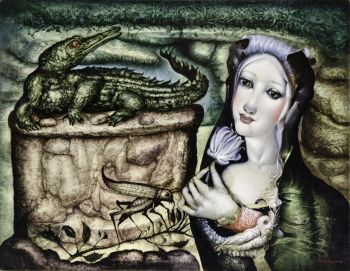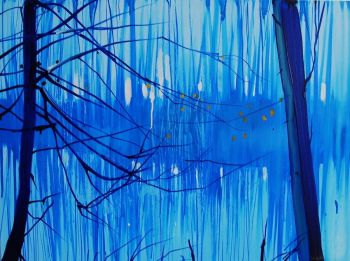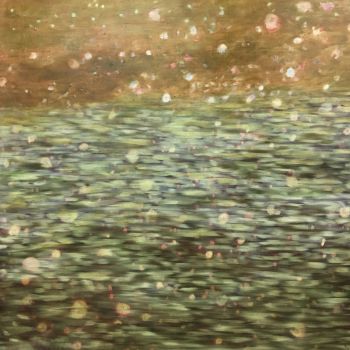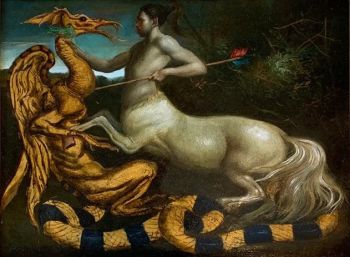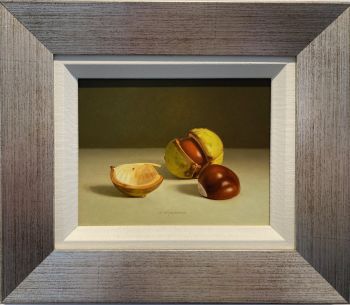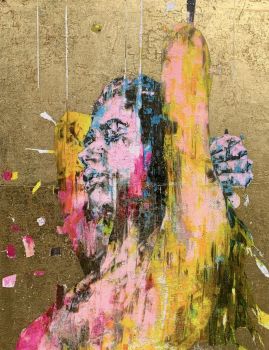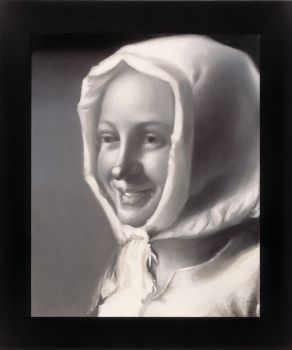Verkocht 1961
Theo Wolvecamp
SegeltuchÖlfarbeFarbe
90 ⨯ 100 cm
ConditionRestored
Derzeit nicht über Gallerease verfügbar
- Über Kunstwerk
Wolvekamp, Theo Wilhelm ('Theo Wolvecamp'); Hengelo 1925 – 1992 Amsterdam Titel; De zondebok, olie op doek 90 x 100 cm., gesigneerd en gedateerd r.o. 'wolvecamp '61', verso: getiteld, gesigneerd en gedateerd op doek: 'De zondebok' en 'wolvecamp '61' Tentoonstelling: Het Stedelijk Museum Amsterdam. Dit werk maakte ruim negen jaar deel uit van de vaste collectie van Het Stedelijk Museum in Amsterdam. In bruikleen van Theo Wolvecamp verkregen van 10 mei 1961 tot 21 december 1970, Inventarisnummer/stamboeknr. S B 4745 . Bron: Verzamelstaat in triplo: bruikleenlijst van 10 mei 1961. Archief Het Stedelijk Museum Amsterdam Herkomst: atelier Theo Wolvecamp Hengelo, particuliere collectie In bruikleen bij Rijksmuseum Twenthe, tijdens de tentoonstelling: ' Wolvecamp en De Weerd, geestdrift voor de schilderkunst' van mei tot oktober 2017
- Über Künstler
It was during the Second World War that Theo Wolvecamp started to paint. From 1945 - 1947 he attended the Art Academy in Arnhem, The Netherlands, and shortly afterwards he settled in Amsterdam. During this period he was keenly interested in German and Flemish expressionism, and soon developed his own style of spontaneously applied symbols. Wolvecamp was a co-founder of the Dutch Experimental Group in 1948, and also participated in the CoBrA art movement during that time, departing in 1949 following an exhibition at the Stedelijk Museum.
He would become a member again in 1951 and travel internationally with the group, although not much of his work survives from this period. This is because Wolvecamp was often very critical of his work and destroyed many of his own paintings. His style varied over his career as he was constantly influenced by other painters, such as Pablo Picasso, Joan Miró and Kandinsky.
Wolvecamp never felt truly at home in the city and preferred to work in isolation. His signature style, with its characteristically applied forms and colours, build on the symbolic language of abstraction that he developed during the CoBrA period. It was not until 1967 that he chose to go public with his work, at a one-man exhibition in Arnhem. In the years that followed his work has been exhibited in various exhibitions across The Netherlands and other countries.
Artwork details
Related artworks
- 1 - 4 / 7
- 1 - 4 / 24
- 1 - 4 / 24
- 1 - 4 / 24


